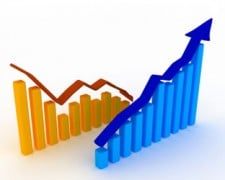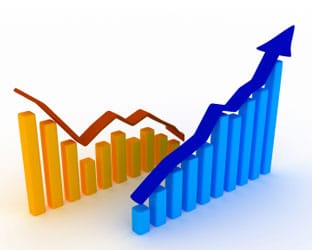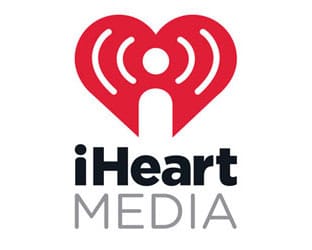Consumers are not particularly optimistic about the future of the US economy, according to the latest McKinsey Consumer Sentiment Survey, which features a mix of improved and diminished metrics.

The bottom line is that according to McKinsey, consumers are not yet ready to dramatically increase their spending plans.
McKinsey stated, “First the good news: The way Americans feel about their own finances and the US economy is nowhere near as dismal as it was during the 2008–12 recession. The bad news is that, while things aren’t getting worse, they’re not getting much better either. Consumer morale, although stable, remains stubbornly low.”
Key metrics, all based on the month of September for the years indicated, include:
*23% are optimistic about the US economy – that’s up from 19% in 2013.
*34% have a decreased ability to make ends meet, worse than the 32% who said the same a year prior but much better than the 46% in 2010.
*40% say they are living paycheck to paycheck, up from 36% a year ago but down from 48% in 2010.
*39% are somewhat worried about losing their job, down marginally from 40% a year ago and significantly from the 53% who were worried in 2010.
*31% are holding off on purchases due to economic worries, significantly improved over last year’s 40%.
Strategies adopted to cope with the economic downturn have become ingrained in the habits of many – eating out less, eating more leftovers, cooking at home from scratch and packing a lunch all remain popular choices on the food front.
So are tactics such as buying value and store brands and avoiding name brands, a trend that is not changing even as the financial picture gradually brightens, according to McKinsey.
Discount stores are also remaining popular, as is the use of online portals when they can help hold down prices.
McKinsey noted, “Multiple years of austerity have left consumers with altered views about spending. Almost 40 percent say they will probably never go back to their prerecession approach to buying. Twenty-nine percent say they now have new attitudes and values about spending, a figure that’s up from 17 percent in 2010. An additional 24 percent claim that their opposition to increased spending is the result of a change in their economic situation.”
According to McKinsey, all of this basically goes double for millennials – using both buy-in-bulk and smaller-pack strategies to save money. The downside is they will soon be the major buying sector in America; the upside is that at the moment they are likely to throw their cost-conscious principles to the wind and splurge on a few luxury consumable like beer, wine, ice cream and other items.
Boomers are the most likely to be proceeding as usual as though nothing has happened, although the difference is more a matter of shading than a matter of a competing spending policy – 36% have cut down on spending, only 4% less than the population as a whole.
McKinsey concluded, “Cautious spending behavior is the new normal and is unlikely to change in the near future. American consumers continue to cut back on spending by delaying purchases, trading down to lower-priced brands, and eating more meals at home. Results vary somewhat by different demographic segments. To win market share and create successful new products, consumer-packaged-goods companies need to look at consumers by cohort and understand where there are exceptions to rules about cautious spending. Beer players, for example, could benefit from stressing the quality of ingredients in their premium brands to leverage the millennials’ desire to trade up in beer. Drug retailers could take note of the loss of spending among boomers and create approaches targeted at winning them back.”





